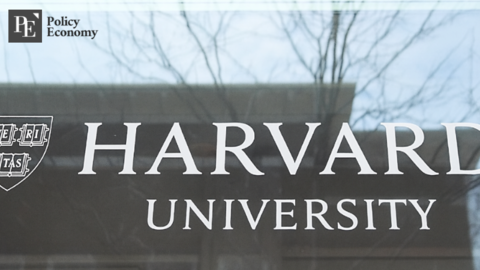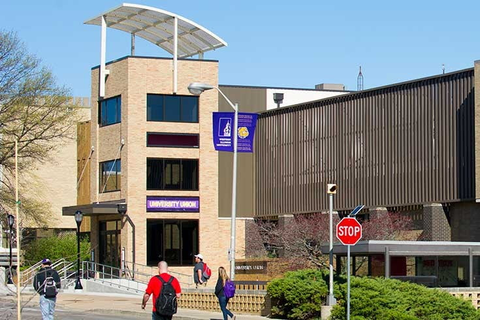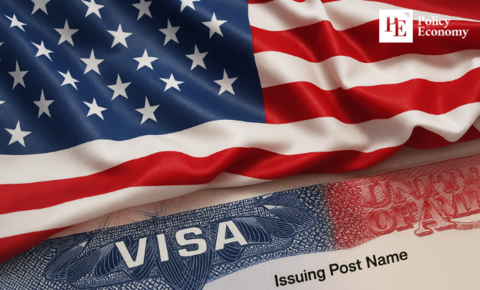A New Era for U.S.-India Relations: The Trump-Modi Summit
Input
Modified
Economic and Trade Expansion: Pursuing Mutual Growth A Framework for the Future: Defense and Strategic Partnerships Global Implications, Education, and People-to-People Ties
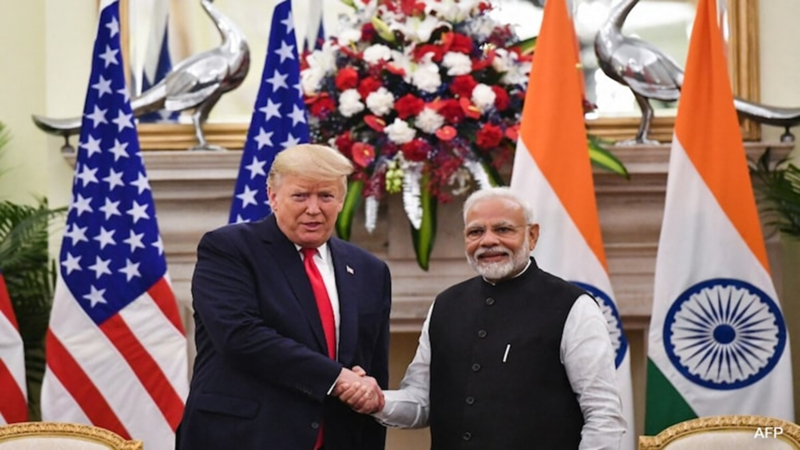
Economic and Trade Expansion: Pursuing Mutual Growth
The diplomatic relationship between the United States and India experienced a substantial improvement on February 13, 2025, when President Donald Trump and Prime Minister Narendra Modi convened at the White House. This high-profile summit was a pivotal moment in bilateral relations, as it established ambitious objectives for technological innovation, defense cooperation, and trade. Both nations emphasized their dedication to a more dynamic and robust alliance through initiatives such as "Mission 500," a new defense framework, and an evolving technological partnership.
The launch of "Mission 500," a strategic initiative that aims to increase U.S.-India bilateral trade to $500 billion by 2030, was one of the most ambitious announcements in the summit. The commitment of both nations to resolve trade imbalances and strengthen economic ties is underscored by this ambitious objective. President Trump underscored the significance of augmenting U.S. exports to India, particularly in industries such as energy and industrial products. Prime Minister Modi responded by promising to increase India's imports of American crude, gas, and pharmaceuticals. This initiative is anticipated to reduce trade deficits and strengthen economic interdependence.
Both leaders commenced negotiations on a comprehensive trade agreement to resolve tariff disputes in order to further solidify this economic engagement. Although negotiations may require time, it is anticipated that an initial phase of the agreement will be finalized by the autumn of 2025, which will facilitate the expansion of market access for goods and services from both countries. Furthermore, the future of economic collaboration has the potential to be influenced by investments in technology-driven industries, including biotech and AI.
In addition to trade, India committed to augmenting its imports of U.S. natural gas and hydrocarbons. This action is anticipated to assist India in the diversification of its energy sources, thereby reducing its dependence on conventional suppliers and improving its overall energy security. U.S. companies are also enthusiastic about the prospect of bolstering their presence in India's expanding renewable energy sector, notably in solar and wind power, which is consistent with India's ambitious clean energy objectives.
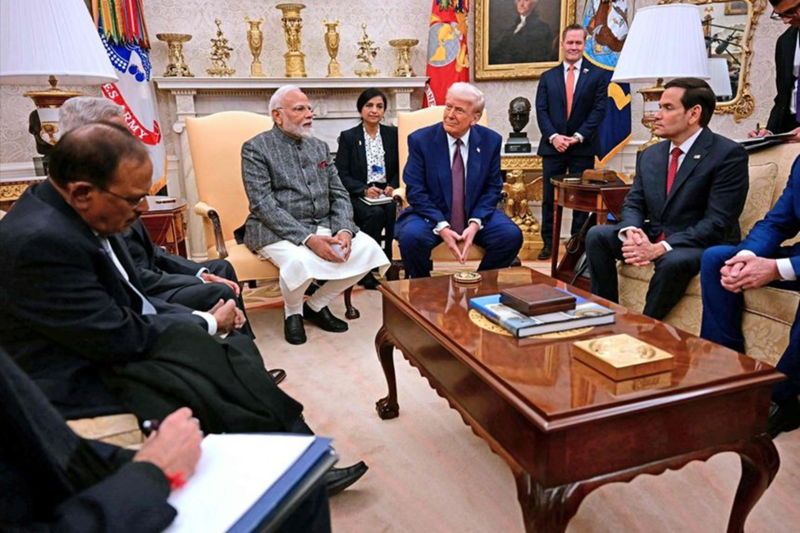
A Framework for the Future: Defense and Strategic Partnerships
During the summit, defense cooperation emerged as a critical component of the U.S.-India relationship. The new 10-year strategic defense framework (2025-2035) was unveiled by both leaders with the objective of improving military collaboration by means of procurement, co-production, and technology-sharing agreements. The prospective sale of F-35 Lightning II fighter jets to India was a significant focal point of the discussions. The U.S. administration is presently in the process of evaluating policies that could potentially grant India access to advanced military systems, a reflection of the strategic alignment and trust between the two countries.
Furthermore, the leaders proclaimed the formation of the Autonomous Systems Industry Alliance (ASIA), an initiative that is committed to the development of autonomous military systems that are powered by AI. It is anticipated that this partnership will improve India's defense capabilities and guarantee technological superiority in the Indo-Pacific region. The action is perceived as a direct counterbalance to China's military expansion, indicating a dedication to regional security and stability.
In addition to defense procurement, the summit emphasized the significance of cybersecurity cooperation, intelligence-sharing, and joint military exercises. By fortifying these components, both nations will be able to confront global security threats, such as cyber warfare, maritime security, and counterterrorism. It is anticipated that the strengthening of these relationships will increase India's self-reliance in defense production and reinforce the Indo-Pacific strategy to promote rule-based order and freedom of navigation in the region.
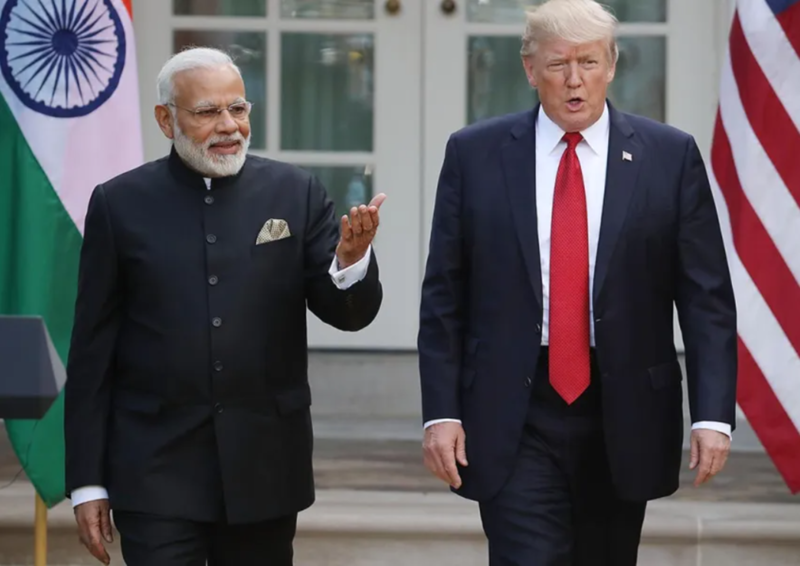
Global Implications, Education, and People-to-People Ties
The summit also addressed immigration concerns, particularly in the context of India's expanding diaspora in the United States. The Indian government collaborated with U.S. authorities to identify 18,000 undocumented Indian immigrants for repatriation, ensuring that legal migration pathways remained open. This initiative is indicative of a more extensive dedication to the preservation of people-to-people connections, which are an essential component of U.S.-India relations. These connections encompass professional mobility, tourism, and educational exchanges.
The summit's expansion of pedagogical collaboration between the two nations was a significant result. The United States has committed to enhancing academic exchange programs by increasing scholarships and research grants for Indian students. Consequently, it is anticipated that the number of Indian students enrolling in U.S. universities will increase, thereby fostering a more robust educational and professional relationship between the two countries.
Also, both governments deliberated on simplifying visa procedures for Indian students and professionals to facilitate their access to American educational institutions and employment opportunities. This initiative is intended to attract the most talented Indian individuals to U.S. industries, with a particular emphasis on STEM disciplines, where Indian students already account for a substantial proportion of graduate and postgraduate enrollments.
In response, India announced initiatives to promote the establishment of subsidiary campuses and research collaborations in India by American universities. These partnerships will promote the exchange of knowledge and contribute to innovation in fields such as biotechnology, renewable energy, and artificial intelligence. The strengthening of these academic connections will not only benefit students and professionals, but it will also facilitate the advancement of science and technology, which will have global implications.
The bolstering of U.S.-India relations is anticipated to have enduring socio-cultural repercussions that extend beyond the academic sector. Cross-cultural understanding and innovation will be promoted through increased student and professional exchanges, which will encourage collaborative research efforts in emerging disciplines such as space technology, green energy solutions, and medical advancements. The United States and India are two of the world's foremost technology and research centers. Therefore, the establishment of stronger educational partnerships will facilitate the development of innovations that can be advantageous to the global community.
It is impossible to disregard the geopolitical implications of these fortified relationships. Their collaboration in education, technology, and defense will be instrumental in influencing global policy decisions as both nations endeavor to counterbalance China's influence in the Indo-Pacific. The Trump-Modi summit is a testament to the alliance's dedication to economic prosperity, global leadership, and shared democratic values, which will guarantee its continued success in the years ahead.
The strengthened U.S.-India partnership is on the brink of significantly influencing international policies as global power dynamics continue to change. The U.S.-India relationship is a testament to mutual democratic values and a partnership that is poised for long-term success, as evidenced by daring initiatives and a shared vision for the future.



